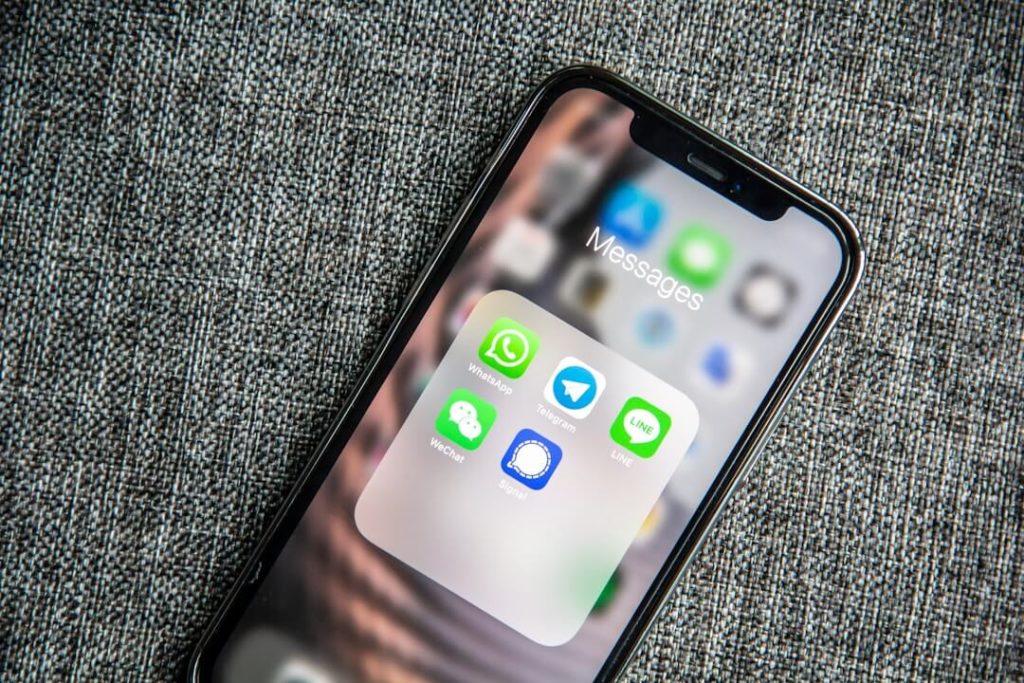Text messaging is revolutionizing the way nonprofits communicate with their audiences. The ubiquity of mobile phones has made SMS an essential channel for reaching supporters directly and engaging them with the mission.
Nonprofits are exploring how to harness the power of text messaging to drive donations, bolster volunteer engagement, and enhance event turnout. With purposeful strategies and thoughtful messaging, organizations can vastly increase their impact.
Keep reading to discover the key strategies and benefits of integrating text messaging into your nonprofit’s outreach efforts.
Leveraging Text Messaging to Boost Nonprofit Engagement

In the digital age, leveraging text messaging can empower organizations to customize their messages, enhancing relevance and boosting recipient engagement. With an impressive open rate of approximately 98%, text messages offer unparalleled immediacy, surpassing other communication channels.
Text messaging for nonprofits facilitates real-time updates, emergency alerts, and personalized interactions, fostering a deeper connection with supporters and the cause. When executed strategically, this cost-effective approach holds significant potential to drive impactful outcomes for campaigns and sustained outreach efforts.
To employ text messaging effectively, nonprofits must first build an opt-in list of contacts. Clear and transparent opt-in procedures respect personal privacy and ensure that messages are received eagerly. Conversational texting can further solidify the relationship between the nonprofit and its supporters by inviting two-way communication, making supporters feel like active participants rather than passive recipients.
Moreover, text messaging fosters a sense of urgency that can be instrumental during fundraising drives or volunteer recruitment. With the right message at the right time, nonprofits can mobilize their base quickly, translating into timely support and stronger campaign momentum.
Crafting Compelling Messages to Drive Donations and Support
Crafting compelling text messages is an art that can yield significant returns for nonprofits. The key lies in brevity and clarity – delivering impact in fewer characters. Succinct messaging that illustrates the urgency and importance of a campaign can lead to immediate action, like donating to a relief fund or attending a rally. Personalized messages that resonate with the reader’s values and history with the organization can foster a sense of belonging and solidarity.
When soliciting donations, it’s essential to show the tangible impact of a contribution. A message that details how even a small donation can change lives is more convincing than a generic appeal for funds. Storytelling via SMS, despite the character limit, can be very effective. A short narrative or testimonial about someone who benefited from the nonprofit’s work can be a powerful motivator.
Nonprofits also benefit from integrating multimedia into their messaging strategy. While traditional text messages are limited to text, MMS (Multimedia Messaging Service) allows the inclusion of images, videos, and audio. This can make messages more engaging and memorable, helping the nonprofit to stand out in a crowded field of digital communications.
Call-to-action (CTA) is another critical element in crafting text messages for nonprofit organizations. A clear and direct CTA can guide supporters toward the desired action, whether attending an event, signing a petition, or contributing. The immediacy of receiving a text message can drive quicker responses, especially when the CTA is precise and compelling.
Maximizing Outreach with SMS Campaign Strategies for Nonprofits

SMS campaigns need careful strategizing to maximize outreach and impact. Coordinating with other marketing efforts ensures that the SMS campaign seamlessly integrates into the broader communication strategy, reaffirming messaging across different platforms.
Segmentation plays a vital role in maximizing the efficacy of text message campaigns. By splitting the audience into groups based on demographics, behavior, or engagement level, nonprofits can tailor messages to resonate more profoundly with each segment. Targeted messaging increases relevance, thereby enhancing response rates and engagement with recipients.
Organizations can measure and compare the effectiveness of tone, wording, and CTAs by sending out two slightly different messages to similar audience segments. Such data-driven strategies help understand what resonates best with the audience, enabling more effective communications in future campaigns.
Overall, the strategic use of text messaging can highly influence a nonprofit organization’s growth trajectory by driving engagement and support. With purposeful messaging, a careful approach to outreach strategies, and ongoing measurement of impact, nonprofits can harness the power of SMS to further their missions and make a greater difference in the world.

